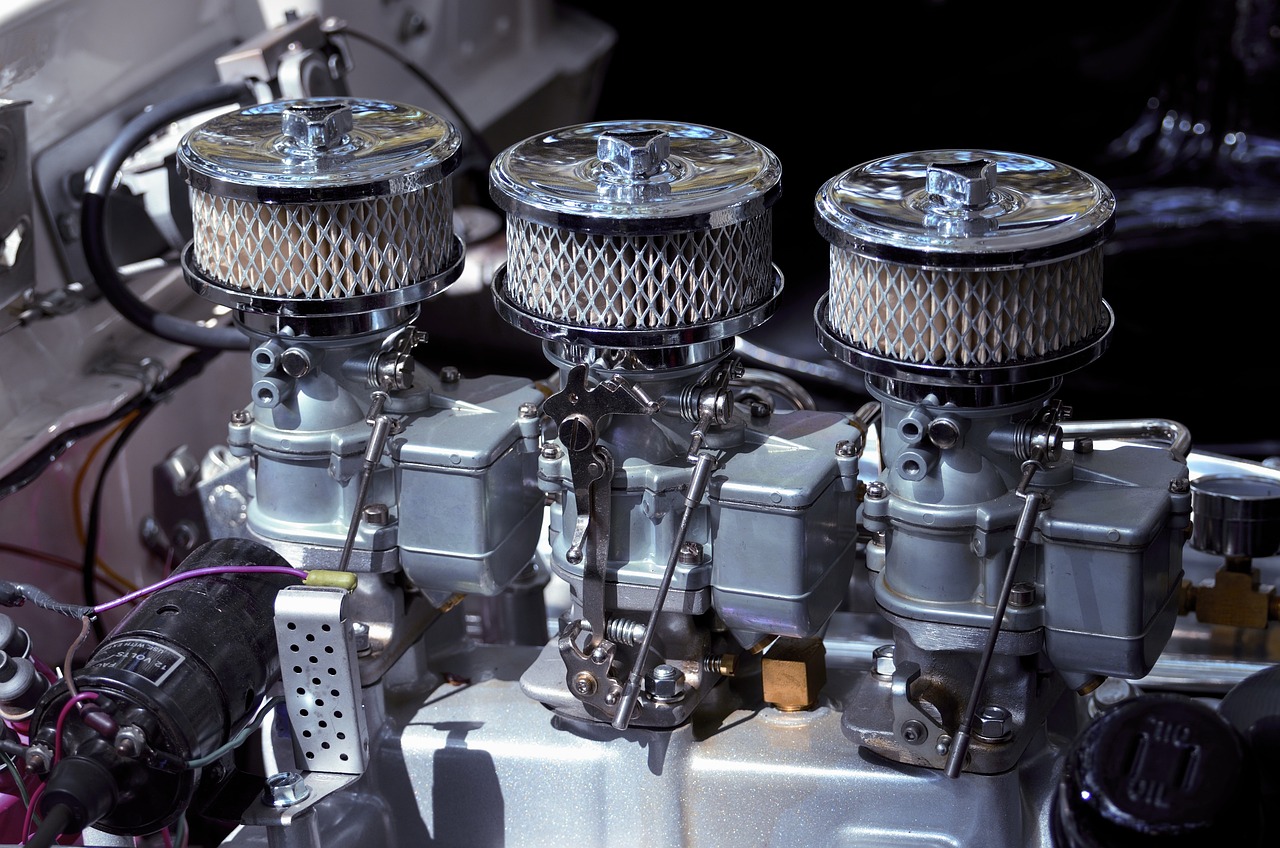Exploring Brake System Innovations for Improved Performance in Cross-country Driving
allpannel, laserbook247 com, 247betbook:Cross-country driving can be an exhilarating experience, but it also comes with its own set of challenges. One of the most crucial components of any vehicle that undergoes long-distance driving is its brake system. A reliable brake system is essential for ensuring safety and performance in diverse terrains and conditions. In recent years, there have been significant innovations in brake system technology aimed at enhancing performance, durability, and efficiency. In this article, we will explore some of these innovations and their potential benefits for cross-country driving enthusiasts.
Introduction to Brake Systems
Brake systems are integral to the safe operation of any vehicle. In simple terms, they are responsible for slowing down or stopping a vehicle by converting kinetic energy into heat. The basic components of a typical brake system include brake pads, rotors, calipers, and brake fluid. When the driver applies pressure to the brake pedal, hydraulic pressure is transmitted through the brake fluid to engage the brake pads against the rotors, creating friction that slows down the vehicle.
Key Factors for Brake System Performance
Several factors influence the performance of a brake system, particularly in the context of cross-country driving. These factors include:
1. Temperature Management: Brake systems generate a significant amount of heat during operation. In extreme driving conditions, such as steep descents or heavy braking, the temperature of the brake components can increase rapidly, leading to reduced braking performance or even brake fade. Efficient temperature management is crucial to maintaining consistent brake performance.
2. Coefficient of Friction: The coefficient of friction between the brake pads and rotors determines the braking force applied to the wheels. Higher coefficient of friction results in stronger braking power, while lower friction may lead to longer stopping distances. Selecting the right brake pad material is essential for achieving the optimal balance of braking performance and durability.
3. Fade Resistance: Brake fade occurs when the brake system loses effectiveness due to overheating. This phenomenon is particularly common in high-speed driving or continuous heavy braking. Fade-resistant brake systems are designed to dissipate heat efficiently and maintain consistent performance under demanding conditions.
4. Dust and Noise: Excessive brake dust and noise can be annoying and indicate potential issues with the brake system. Advanced brake pad formulations and noise-reducing technologies help minimize dust accumulation and noise generation, ensuring a smooth and quiet driving experience.
Innovations in Brake System Technology
Manufacturers are continuously investing in research and development to improve brake system performance and reliability. Some of the recent innovations in brake system technology include:
1. Ceramic Brake Pads: Ceramic brake pads are known for their superior heat dissipation properties and low dust generation. They offer excellent fade resistance and consistent performance over a wide range of operating temperatures. Ceramic brake pads are also quieter than traditional metallic pads, making them an excellent choice for cross-country driving.
2. Composite Rotors: Composite rotors combine the strength and durability of traditional cast iron rotors with the lightweight and heat-resistant properties of carbon ceramic materials. These rotors offer significant weight savings, improved thermal management, and superior braking performance compared to conventional rotors.
3. Electronic Brake-By-Wire Systems: Electronic brake-by-wire systems replace traditional hydraulic braking systems with electronic actuators and sensors. These systems provide precise control over the braking force distribution to individual wheels, allowing for advanced safety features such as traction control, stability control, and autonomous emergency braking.
4. Regenerative Braking: Regenerative braking systems capture and store the kinetic energy generated during braking, then use it to recharge the vehicle’s battery or support auxiliary systems. This innovative technology not only improves fuel efficiency but also reduces wear and tear on the traditional braking components.
5. Brake Performance Monitoring Systems: Brake performance monitoring systems use sensors to measure various parameters, such as brake pad wear, rotor temperature, and hydraulic pressure. These systems provide real-time feedback to the driver and alert them to potential brake system issues before they become critical, enhancing safety and reliability.
6. Hydrophobic Brake Components: Hydrophobic coatings on brake components repel water and prevent moisture buildup, reducing the risk of brake fade and corrosion in wet driving conditions. These coatings improve braking performance and longevity, especially in regions with high humidity or frequent rain.
Benefits of Advanced Brake System Innovations
The latest advancements in brake system technology offer several benefits for cross-country driving enthusiasts:
– Enhanced Safety: Advanced brake systems provide improved control and responsiveness, reducing the risk of accidents and ensuring safe driving in diverse road conditions.
– Superior Performance: Innovations such as ceramic brake pads and composite rotors deliver enhanced braking power, fade resistance, and durability, resulting in consistently reliable performance.
– Increased Comfort: Quieter operation, reduced dust accumulation, and smoother braking feel contribute to a more comfortable and enjoyable driving experience during long journeys.
– Extended Longevity: Advanced brake components are designed to withstand high temperatures, heavy loads, and harsh environments, prolonging their service life and reducing maintenance costs over time.
– Environmentally Friendly: Regenerative braking systems contribute to lower emissions and fuel consumption, promoting eco-friendly driving practices and sustainability.
FAQs
Q: How often should I replace my brake pads and rotors for optimal performance?
A: Brake pad and rotor replacement intervals vary depending on driving habits, vehicle type, and environmental factors. It is recommended to inspect the brake system periodically and replace worn components as needed to maintain optimal performance and safety.
Q: Can I upgrade my existing brake system with advanced technology?
A: Yes, many aftermarket manufacturers offer upgrade kits and components that allow you to enhance your vehicle’s brake system with advanced technologies such as ceramic pads, composite rotors, and electronic brake-by-wire systems. Consult with a qualified technician to select the right upgrades for your specific needs.
Q: How do I know if my brake system is experiencing issues?
A: Common signs of brake system problems include squeaking or grinding noises, vibrations or pulsations when braking, a soft or spongy brake pedal, and uneven brake pad wear. If you notice any of these symptoms, have your brake system inspected by a professional technician immediately.
In conclusion, exploring brake system innovations for improved performance in cross-country driving is essential for maximizing safety, reliability, and efficiency on long-distance journeys. By adopting advanced brake technologies and staying informed about the latest developments in the industry, drivers can enjoy a superior driving experience and peace of mind on their adventures. Remember to prioritize regular maintenance and inspections to ensure your brake system remains in optimal condition for all your cross-country driving escapades.







